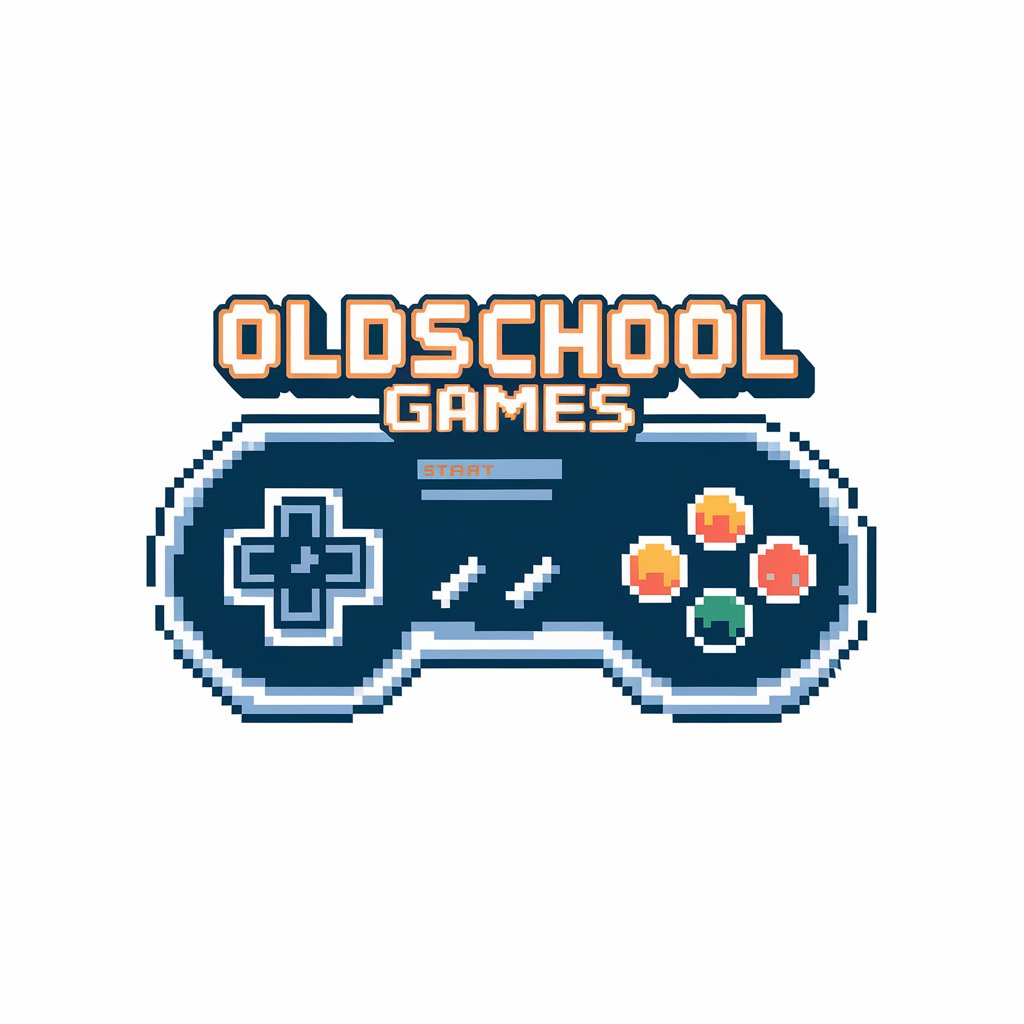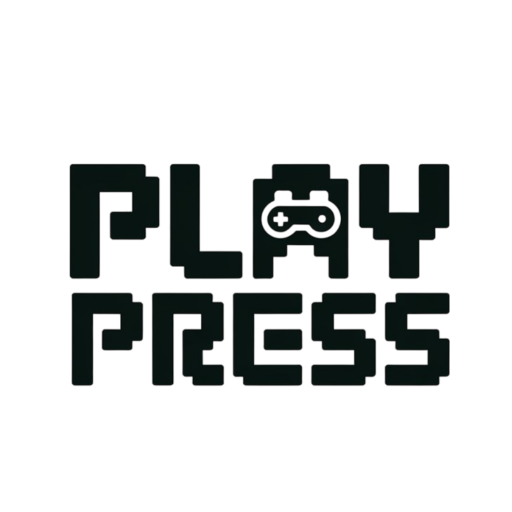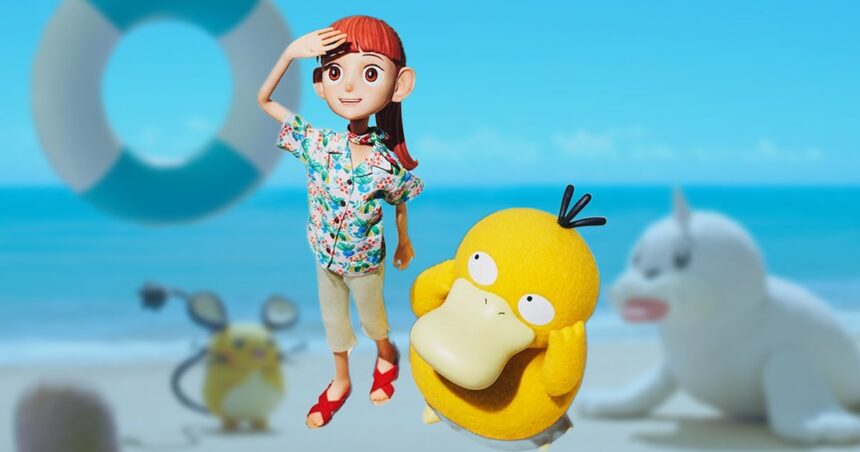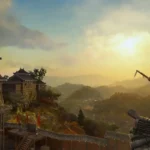As of next year, the Pokémon series will have been around for 30 years. As Nintendo and The Pokémon Company begin to transition to properly adult care of this venerated franchise, one thing is becoming abundantly clear: Pokémon still appeals to audiences of all ages.
Some fans (like yours truly) have been attached to the pocket-sized monsters since 1999, when Pokémon Red and Blue first released in the West. Others have come later. Notable landmarks are: Generation 5, which debuted with Black & White, released for the Nintendo DS in 2010 and introduced a whole new PokéDex; the release of Pokémon Go in 2016 that took the entire world by storm because of its low barrier to entry in terms of series knowledge and cost to play; Generation 8, lionised by Sword & Shield in 2019, which released for Nintendo Switch and reached a whole new audience thanks to the console’s obscene reach; and just last year – 2024 – thanks to the barnstorming success of card-game revamp, Pokémon TCG Pocket.
To see this content please enable targeting cookies.
You’ve effectively got three to four whole generations of gamer invested in Pokémon right now; from people in their mid-30s and older that tried searching under trucks for Mews on their Game Boys to the kids that experienced the giddy thrill of tearing open a booster pack of cards on their phone as their parents lament at the bills IAPs rack up on their credit cards. The result? A franchise that is worth an estimated $101.9 billion as it splits into three distinct categories: $91.6 billion for ‘retail sales’, $8.93 billion in mobile games, and $1.156 billion from box office takings. Pokémon is worth more than Star Wars, Marvel, and Call of Duty put together.
And more than Detective Pikachu, more than the animated films, more than the endless anime series that use its name, there is one piece of cross-media genius that I think sums up the Pokémon ethos more than any other: the relatively new Pokémon Concierge. Where the anime series wrestle with mild peril and some paper-thin character development, and the films are focus-tested to within an inch of their lives, Pokémon Concierge takes it slow.
The show – realised in gorgeous stop-motion thanks to the work of long-time Netflix collaborators Dwarf Studios – is plot-light and easy-going. It’s an inspired and artisanal bit of artistic craft (like all stop-motion, in my opinion), and gives us the most ‘dirt under the fingernails’ look at the Pokémon world I think we’ve ever had. Instead of following the events of a world-threatening calamity, or zeroing in on the coming-of-age foibles of a young boy and his pet mouse, the show simply takes nearly 80 minutes to soak in the everyday lives of Pokémon as a very tired woman tries to recover from burnout.
For us 30-somethings, that’s deeply relatable. For the kids that got into Pokémon later (or were forced into it, thanks to their decrepit mums and dads exposing them to it), it’s a nice, gentle cartoon with bright colours and short episodes. For anyone in-between, it’s a low-stakes show you can slap on Netflix whilst you second-screen your way through another dreary winter night with nothing to do. It’s well-positioned, well-conceived, and completely inoffensive. Exactly what the Pokémon franchise needs to be. It oozes with broad appeal, and engages the lowest common denominator without stooping to weird fan-service or an overreliance on nostalgia.
I think the success of Pokémon Concierge lies in the long gestation time the animation requires. Over four episodes in series one, there were 80,000 unique frames of animation. Given that any individual animator is capable of making up to 5 seconds of footage each day (and taking into account that episode run times are around the 17-minute mark, on average), you can understand how it took four years for the initial idea to bear any fruit.
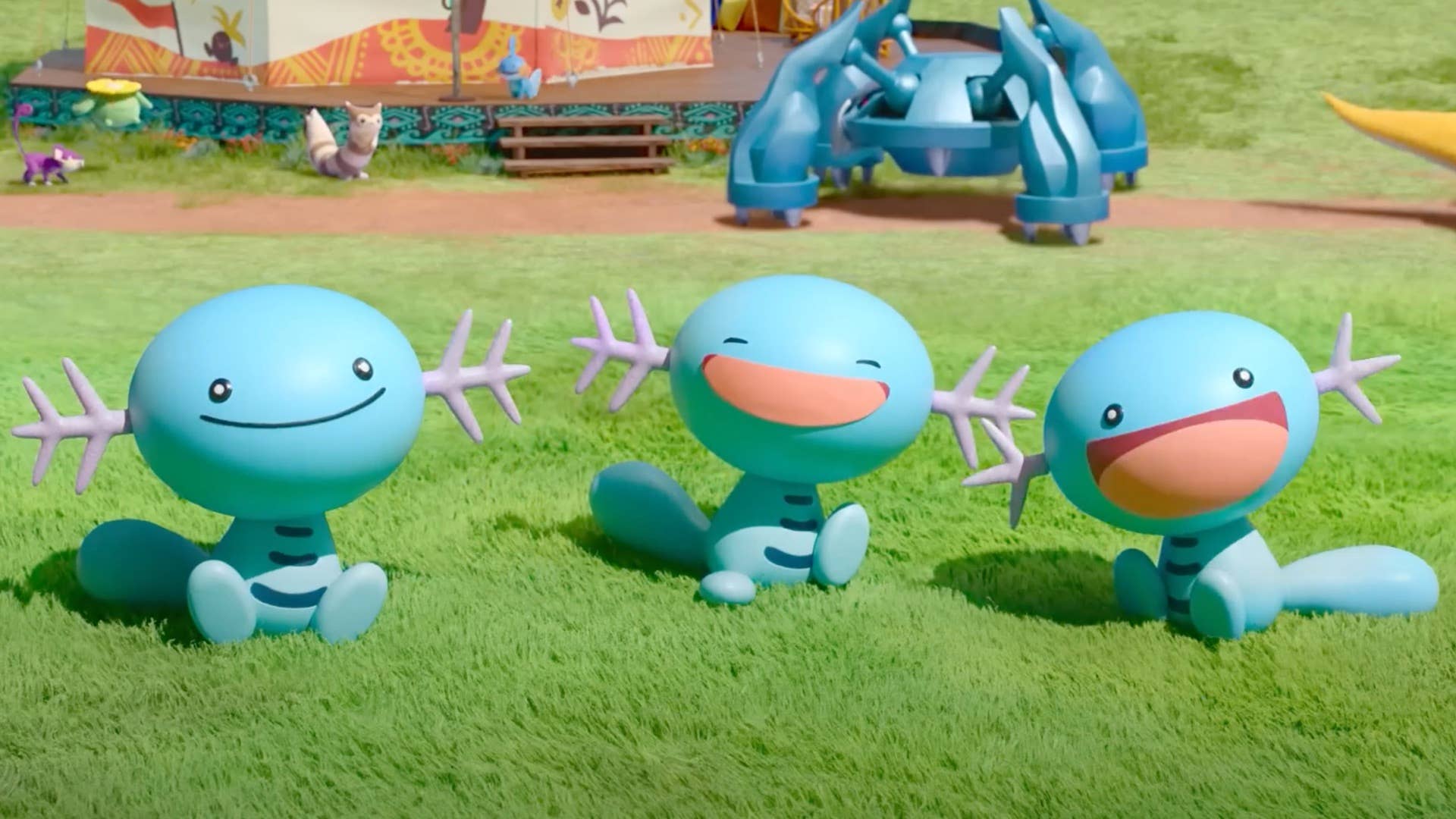
In terms of human connection, the show works across the language barrier: concept designer Tadahiro Uesugi insisted that the human protagonist that acts as a hinge in the show have at least 30 facial expressions so that she could convey a wide range of emotions. You can parse, understand and relate to the plot without subtitles or dub, if you want. It’s got that ‘Pingu energy’ to it; the animation is so good, and so clear, that you can catch what’s going on in broad strokes without really having to pay attention. That takes skill.
Isn’t it peculiar that this show – rated 100 percent on Rotten Tomatoes, by the way – manages to portray a complete, understandable facet of the Pokémon world without ever having to depict violence or battling, keystone elements of the whole Pokémon brand? I think that’s why it’s so successful as a piece of companion media: it lets the games and the anime deal with the adrenaline, and instead takes time to focus on the serotonin. Behind all the tackles and tail whips, Pokémon has always been about connection and cooperation, and Concierge understands that better than any other piece of Pokémon media out there.
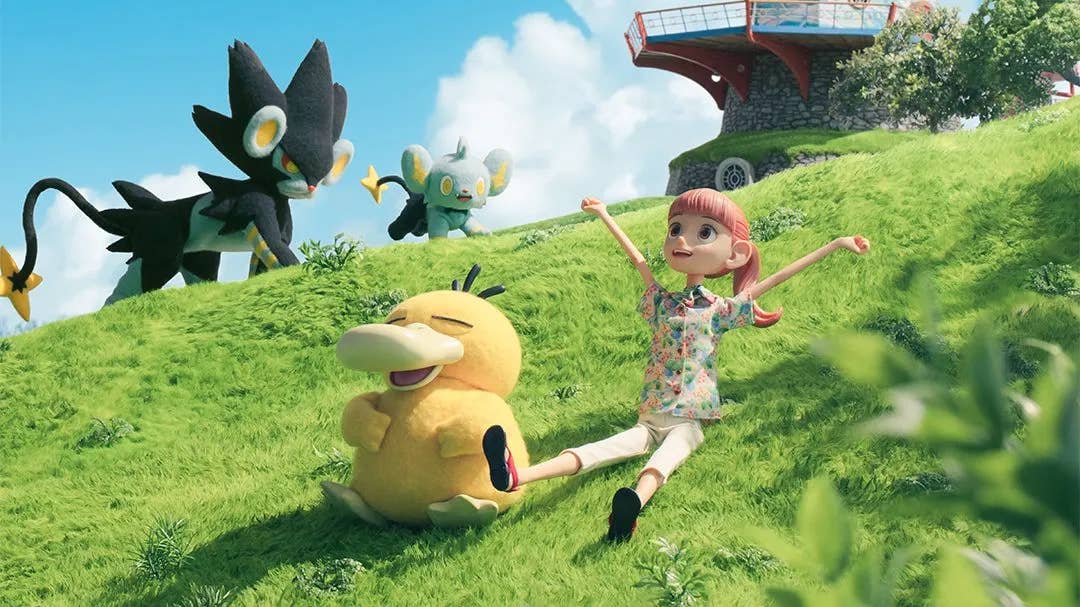
It’s very easy to sneer at these little exercises in brand propagation as cynical cash-ins. Pokémon is a billion-dollar operation, after all. But I think with projects like Concierge (and the just-revealed Aardman joint, too), it’s OK for something to just be nice. Sometimes that’s enough.
We got a date for Season 2 in the Pokémon Presents earlier today – it’s landing on 4th September on Netflix – and above all I really hope we basically get more of the same from this season. Given the state of everything right now, I think a low-key tale about a woman taking some time to recover from her workaholic lifestyle and smell the proverbial and literal flowers is something that could lower all of our cortisol levels. In fact now you mention it, in the meantime I might go rewatch the original series.
